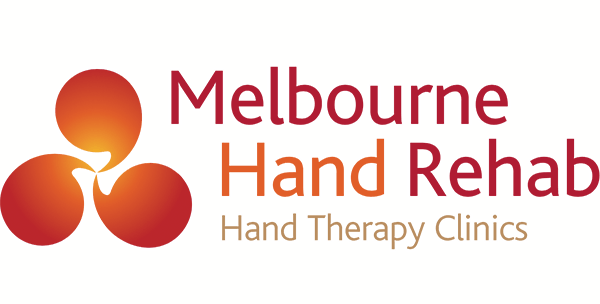
16 Feb Tennis elbow but you don’t play tennis?
Haven’t picked up a tennis racket in years but you’ve been diagnosed with tennis elbow. How could that be?!
What is tennis elbow (lateral elbow tendinopathy)?
Despite being associated with the sport of tennis by doctors in the 1800s, the condition now commonly known as tennis elbow is typically an overuse injury that affects the muscles and tendons that straighten your wrist and fingers (your extensors).
That’s right, you don’t need to be Roger Federer or Serena Williams to have tennis elbow!
In fact, this injury is far more likely to happen if you perform jobs involving manual labour and activities that require repetitive use of your hands and wrists.

What can we do about it?
Management of tennis elbow is highly individualised and no two people’s treatment will look exactly the same.
The principles regarding management are fairly simple and your management plan will likely involve some or all of the following components:
- Education – which will help you develop a deeper understanding of your condition.
- Activity modification – analysing if there is any scope to change the way in which you complete tasks to prevent re-aggravation of your condition.
- Splinting and bracing – which is an effective way to decrease pain and reduce overuse of your wrist especially if you do not have a lot of scope to modify your activities yourself.
- Rehabilitation exercises – which will help to gradually strengthen your forearm muscles and help you return to normal function step-by-step.
How long does recovery usually take?
The severity of tennis elbow symptoms can vary from person-to-person and there are tools/questionnaires that we can use to establish the severity of your condition.
Overall recovery from this condition can be lengthy (often spanning more than 3-6 months) however with appropriate education and exercise prescription from your therapist our aim is to significantly reduce your symptoms within the first 4-6 weeks of treatment.
What can I do to settle down my symptoms in the meantime?
- Throw away your “no pain no gain” mentality! The most simple way in which you can start to settle your symptoms is to analyse which activities are aggravating your pain and find a way to modify or eliminate them. This will give your tendons an opportunity to rest without constant re-aggravation.
- Limit repetitive gripping and twisting movements.
- Equally distribute tasks between both hands (and be careful not to overcompensate and injure your unaffected side).
If you are experiencing hand or wrist pain, don’t hesitate to get in touch. We’d love to help you.
BOOK AN APPOINTMENT
For more information, call us directly on 03 9458 5166
By Rigel Mascarenhas


